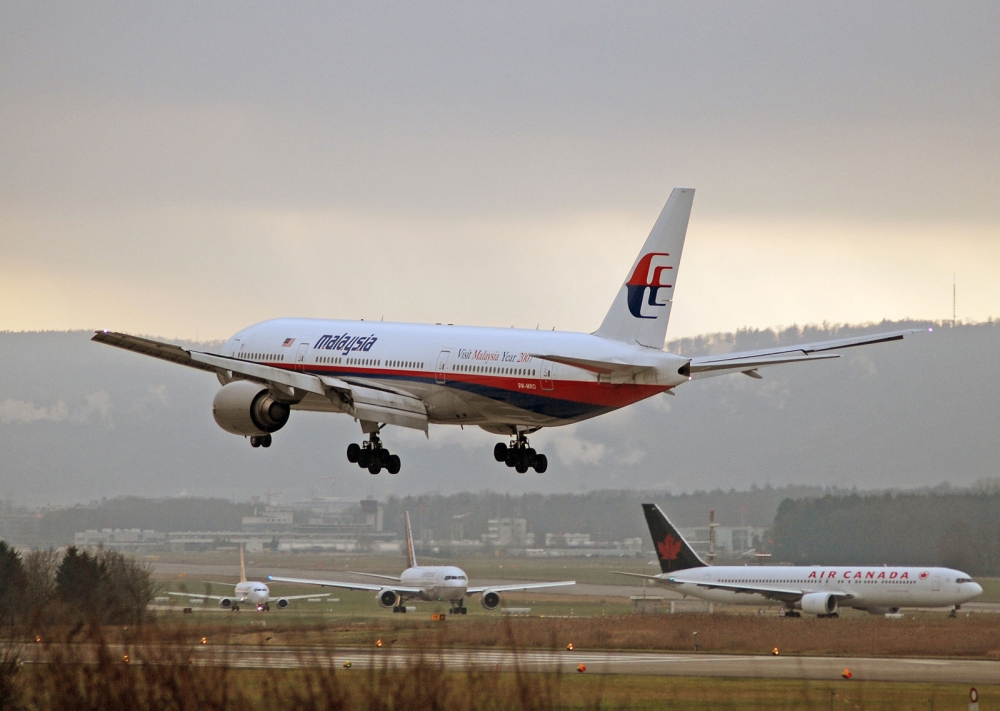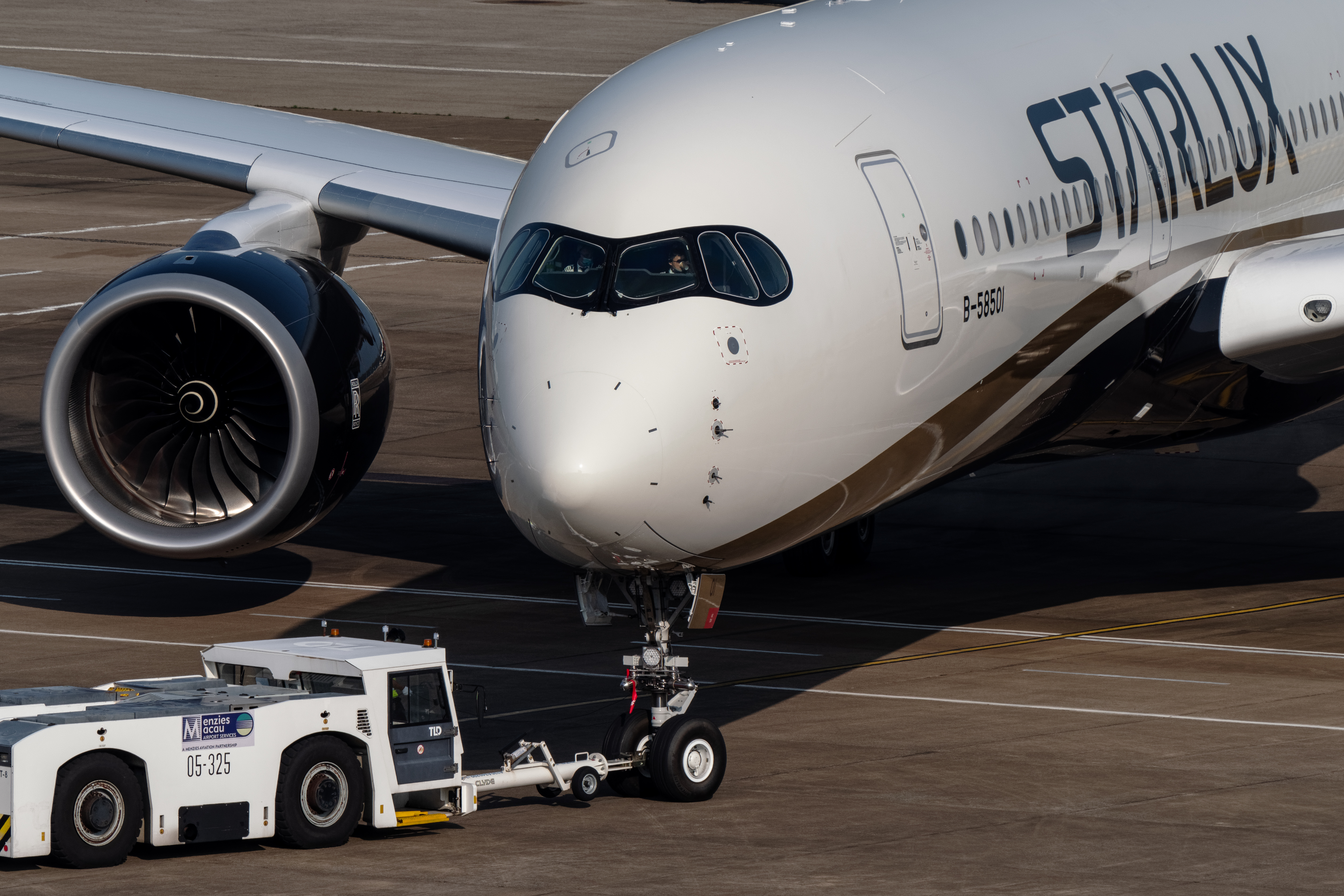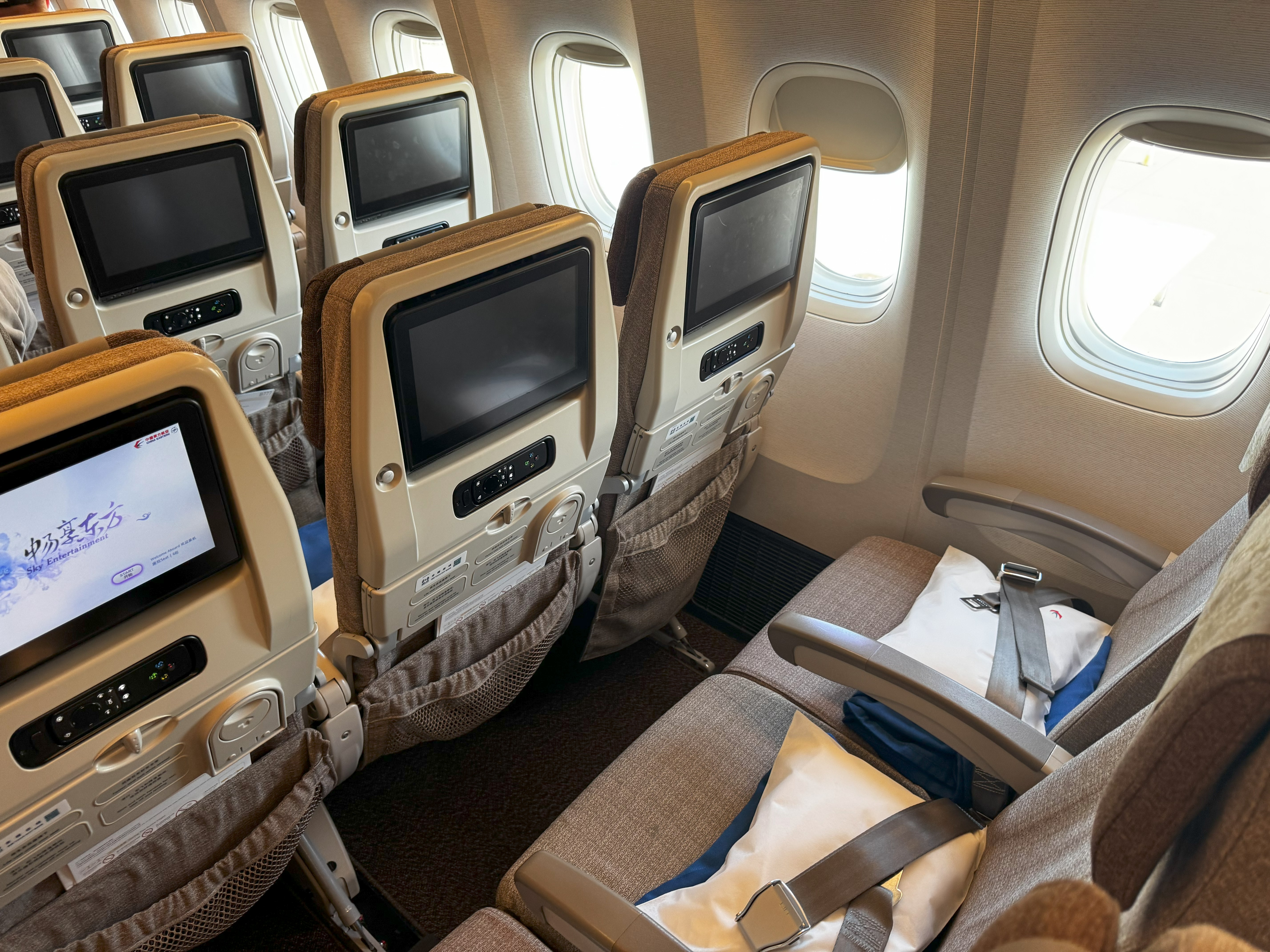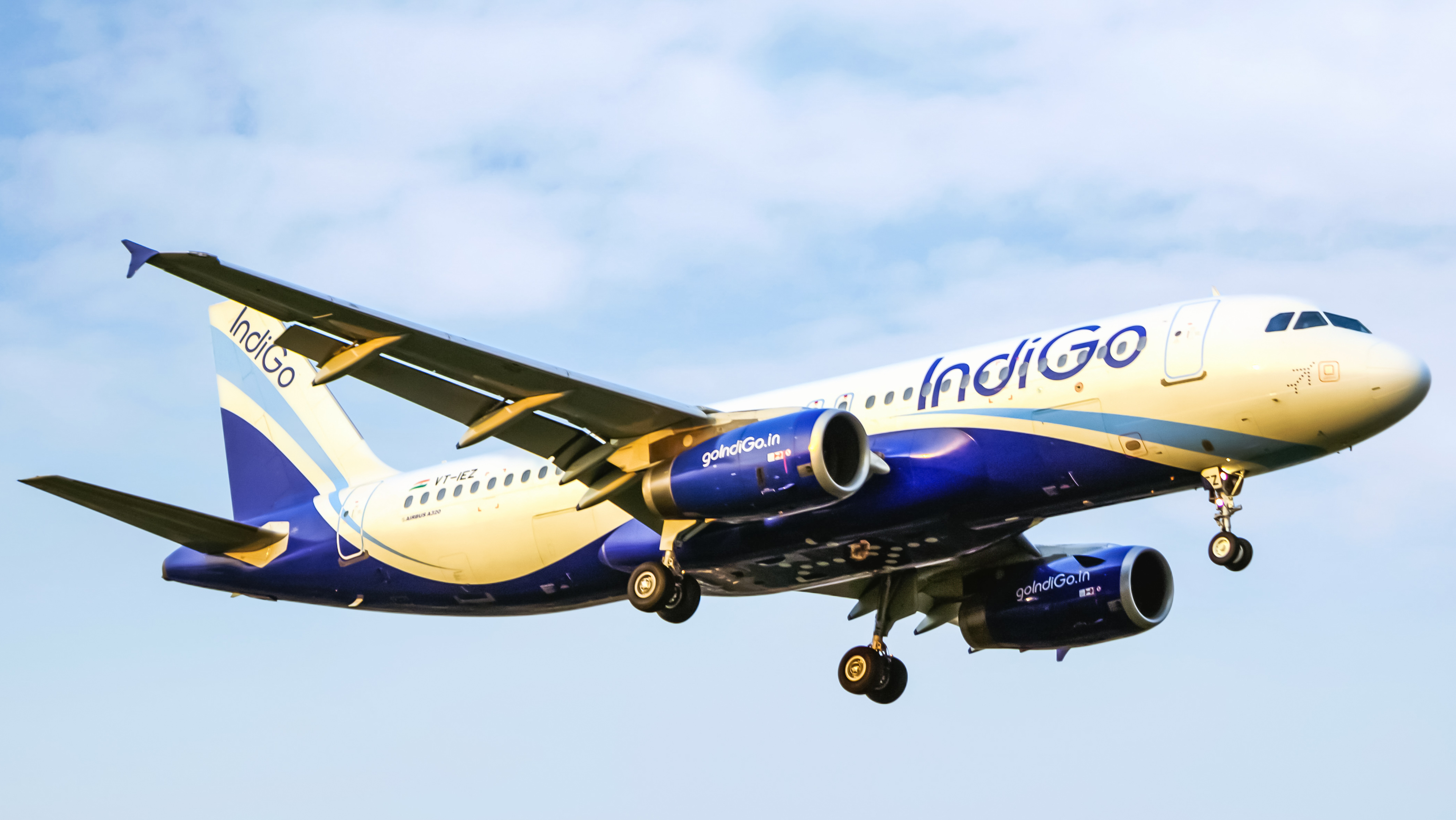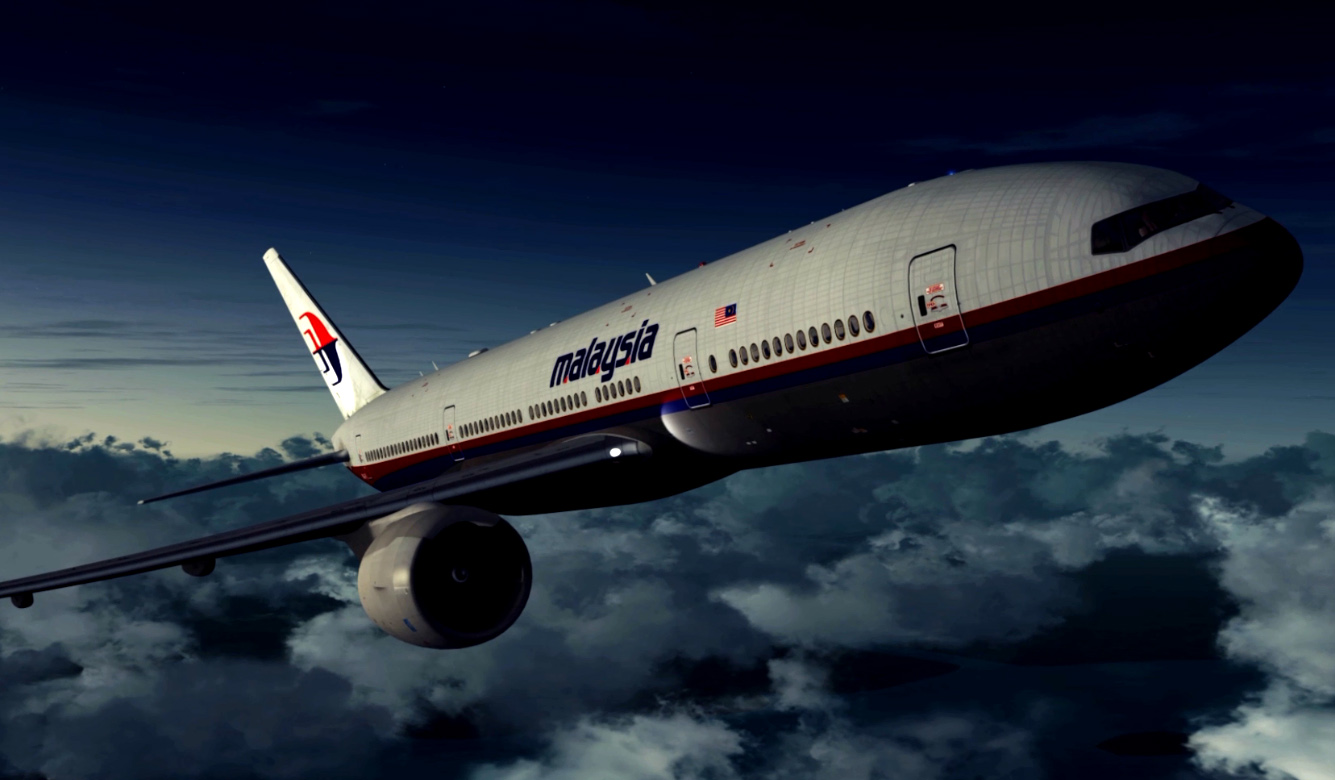
By Geoffrey Thomas
Published Thu Feb 15 2024
In an extremely significant MH370 development, a new report proves that the breakthrough technology WSPRnet can track aircraft over long distances.
The MH370 report "How does WSPR detect Aircraft over Long Distances? Technical Paper. is authored by Richard Godfrey Dr. Hannes Coetzee (ZS6BZP) and Prof. Simon Maskell.
In summary, the report states that "WSPRnet radio signals can reliably detect and track aircraft over long distances to the other side of the globe. Anomalies in the WSPRnet data, in either the received signal level, or received frequency, or frequency drift indicate a possible disturbance by an aircraft.
"WSPRnet is a multi-static and multi-frequency system with global coverage. There are currently around 6 million distinctive links between WSPR transmitters and receivers from around the world with a propagation distance greater than 3,000 km recorded in the WSPRnet database.
"The long coherent integration time of the WSPRnet receivers, the enhanced radar footprint of modern aircraft in the WSPRnet wavelength bands and the global coverage of WSPRnet propagations ensure a high level of detection and reliable tracking of aircraft.
"The WSPRnet technique is, in its simplest form, statistical post-processing of the meta-data from a communications link. We combine the reflection of radio waves by aircraft as used in radar, with ionospheric propagation and the WSPR protocol to detect and track aircraft over long distances.
"This technique was used to track MH370 from the last confirmed radar detection on 7th March 2014 at 18:00 UTC until the end of the flight on 8th March 2014 at 00:28 UTC. A total of 313 anomalies in the signal level or frequency of the WSPR signals were detected at the estimated position of MH370 at 130 different points in time.
"The crash location of MH370 was at 29.128°S 99.934°E, which is outside the previous ATSB and Ocean Infinity underwater search areas.
A technical paper describing the WSPR technique for detecting and tracking aircraft over long distances can be downloaded here
The graphic below shows the flight path of MH370 marked in blue and the WSPR links used to track MH370 marked in red. WSPR transmitters are marked with a black dot and WSPR receivers are marked with a magenta dot. The 7th Arc is marked with a dotted black line.
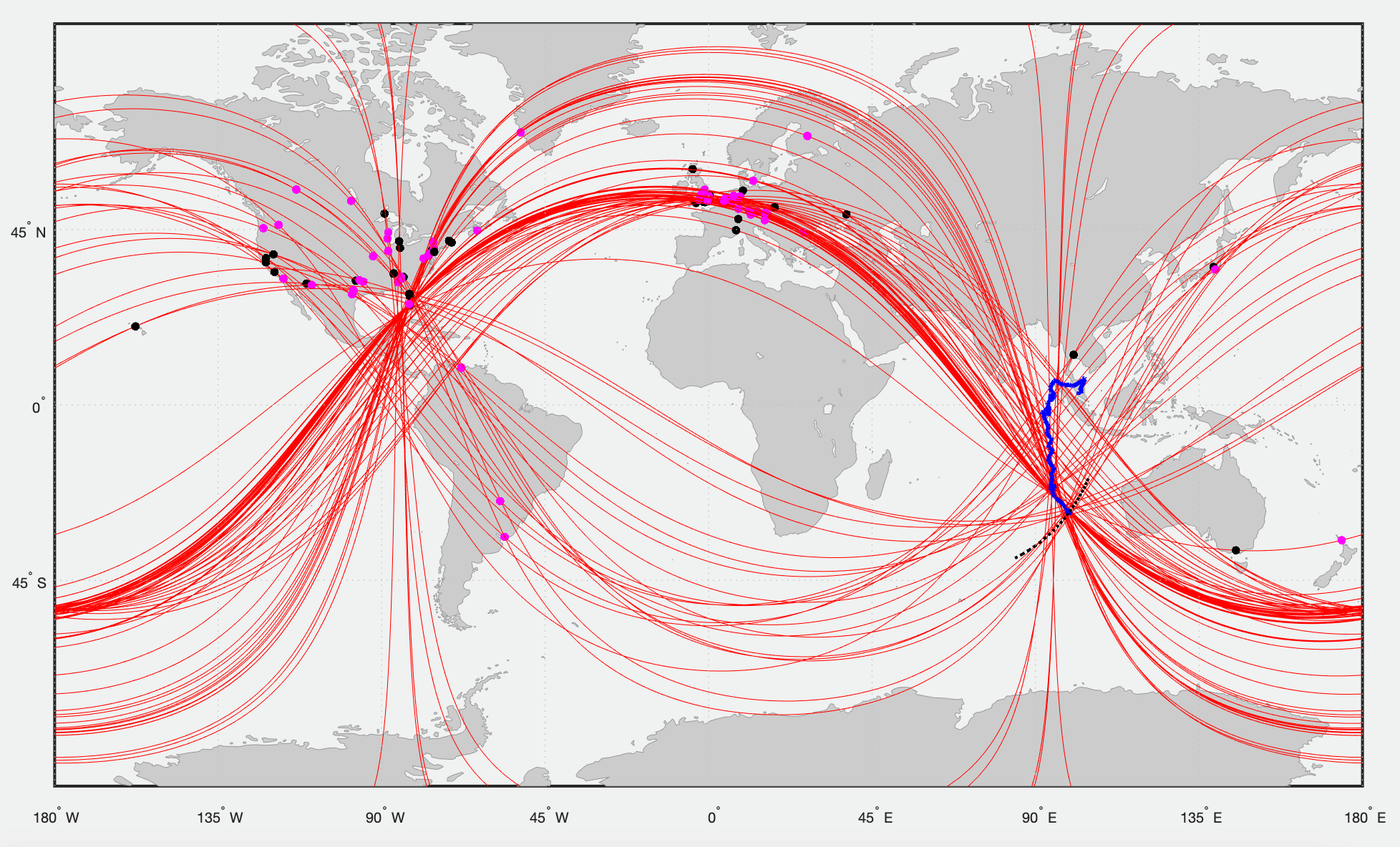
GET: Accurate MH370 Information From AirlineRatings.com Newsletter
READ: MH370 Probable Location Map
Airlineratings.com is packed with information about air travel and answers questions that many of us may have thought of, but didn’t know who to ask. Well, now you do!
Airlineratings.com was developed to provide everyone in the world with a one-stop shop for everything related to airlines, formed by a team of aviation editors, who have forensically researched nearly every airline in the world.
Our rating system is rated from one to seven stars on safety – with seven being the highest ranking. Within each airline, you will find the country of origin, airline code, booking URL and seat map information. The rating system takes into account a number of different factors related to audits from aviation’s governing bodies, lead associations as well as the airline’s own safety data. Every airline has a safety rating breakdown so you can see exactly how they rate.
Over 230 of the airlines on the site that carry 99 per cent of the world’s passengers have a product rating. Given that low-cost, regional and full-service carriers are so different we have constructed a different rating system for each which can be found within each airline
